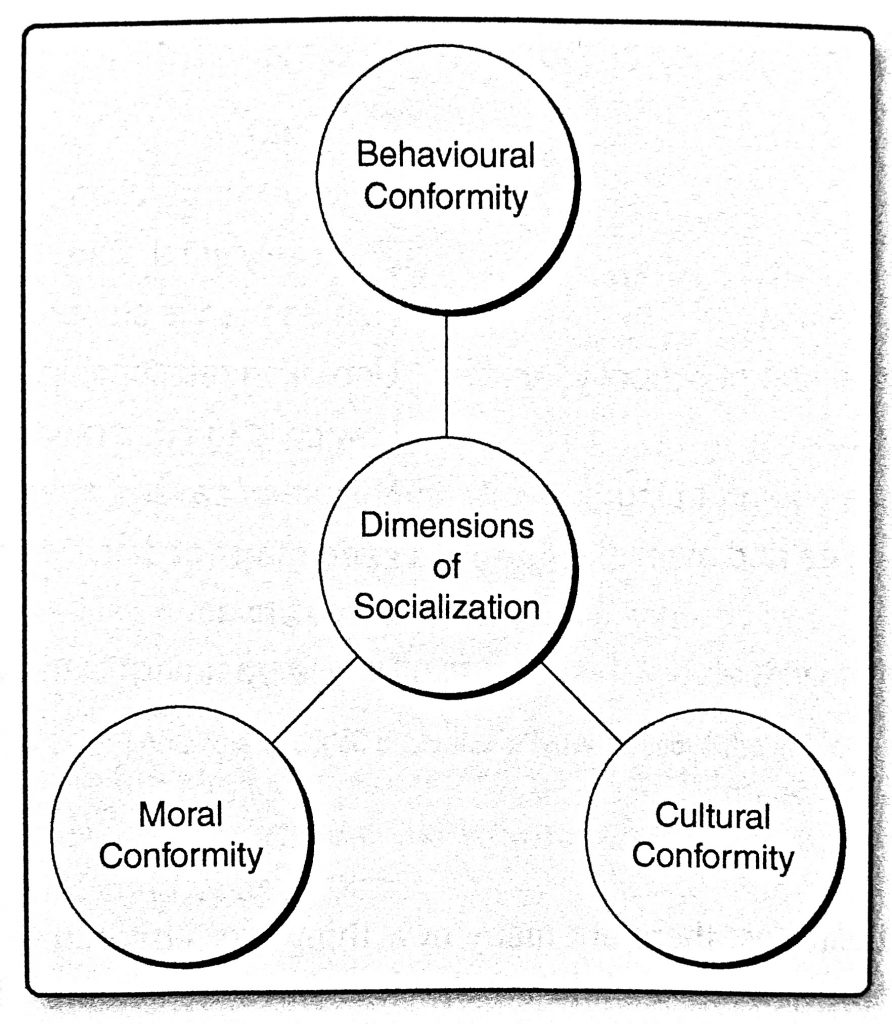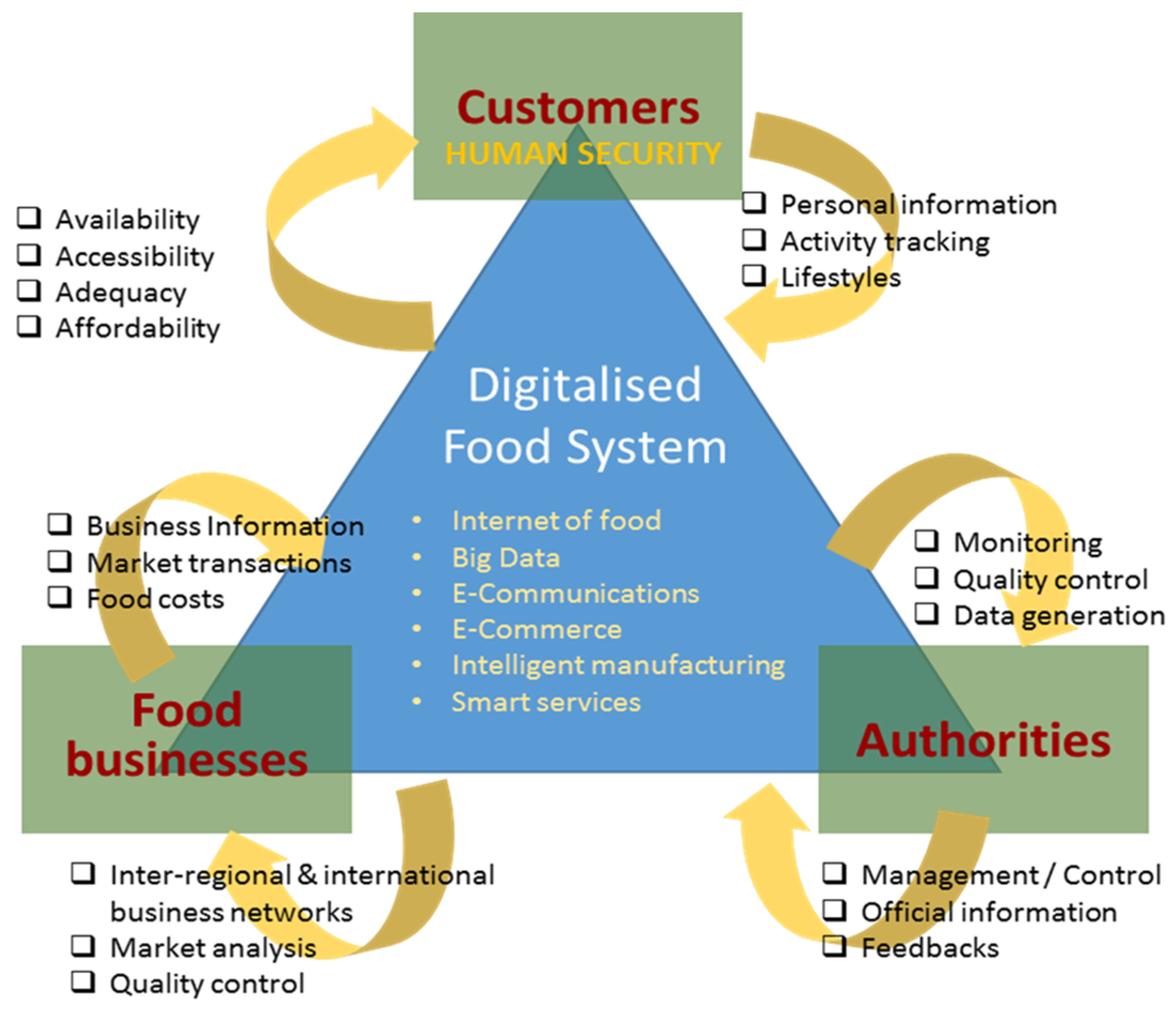This article will provide you with a somewhat generalised overview of how the conflict in Africa is seen by those outside. It will focus mainly on the Western perspective, given the fact that it is the Western world that is most in a position to do something about the conflict in Africa. A more detailed look at the perspective of and response to the conflict in Africa will be provided in the following units.
Perspectives On Africa’s Place In The World
Before looking at perspectives on conflict in Africa, it is important to first note how people view the world and the people in it. From the-human perspective, the world is extremely large, it is round and it is inhabited by billions of people. The ability of the human brain to comprehend the world and its peoples in its entirety is highly limited, and thus humans apply copious amounts of generalisation, simplification and categorization to be able to ‘understand’ it from their particular point of view.
The fact that the world is round is a problem in conceptualisation because we are unable to see it in its entirety at the one time. To overcome this, we have ‘flattened’ and stretched the world, making rectangular two-dimensional- maps that show the entire world on one page. The problem is that, however projected, such maps can never accurately show the true dimensions of the World, and inevitably involve a compromise between factors such as area, direction and distance. The Mercator projection, which was first produced in the 1500s.
remains the most-widely used map projection in much of the world. According to this projection, the further away from the equator the region is, the more it is inflated, or ‘stretched’. Thus, Europe, for example, appears larger than it actually is, which has added to the political popularity of this map. On the Mercator projection, Greenland appears larger than the African continent, despite the fact that Africa is in fact 13 times larger than Greenland. See below:
| Greenland Appears to be bigger than Africa on the map |
 |
| Greenland Appears to be bigger than Africa on the map |
Attempting to ‘understand’ differences among peoples inhabiting the world is also a critical issue. Social Identity Theory holds that humans attempt to identify themselves with a particular group, which for them becomes the ‘in-group’. They then favour their ‘in-group’ over ‘out-groups’ (those belonging to groups that they perceive to be different from their group) in order to maintain or enhance their own self-esteem (Billig, 1995: 65-73). Such groups are socially constructed and may include divisions according tc race, language, religion, socio-economic status, nation or state. The greater the distance, and the less available the knowledge about an ‘out-group’, the vaguer the divisions become.
Many in the Western world, for example, may have a tendency to categorise the entire continent of Africa as ‘black’, ‘poor’, and/or ‘uncivilised’, different from themselves as ‘white’, ‘wealthy’. and ‘civilised’. To attract the necessary domestic support for the colonisation of Africa, for example, the colonisers portrayed Africa as a continent of savages, devoid of civilisation, and the ‘inconvenient’ existence of numerous major civilisations, such as those in Ethiopia, Zimbabwe, Congo and Senegambia, were hidden from sight and from the history books Without a written language of their own (with the exception of Ethiopia) and under foreign dominance, Africans were unable to secure the place of the continent in history (written by Westerners), and Africa became largely a continent without pre-colonial history and in the views of international relations, a continent without politics. Economic, military and political domination by the West of Africa has ensured that this marginalisation remains, to a certain extent, to this day.
Perspectives Of Conflict In Africa
Narrowing the focus, how is contemporary conflict in Africa seen from the outside world? Sadly, the most appropriate response to this question is that it is not seen very much at all. Prominent policymakers focus their attention’ elsewhere, on the popular conflicts of the day. Media coverage is scant and relatively little is written by academics or the other recorders of history. The general public outside Africa (and perhaps even within Africa) knows little. about the subject. While there may be a general impression that conflict is rife in much of the continent, conflict on other continents is usually perceived as having more importance and is given more attention. As predicted by Social Identity Theory, ‘white’ victims of conflict (such as those in the former Yugoslavia or Chechnya) will attract more attention among predominantly white populations than those with ‘black’ victims. Other forms of identification (religious and political) also give conflict in the Middle East (namely Israel-Palestine) high levels of attention.
As noted in the previous topic, death tolls from conflict in Africa far outweigh the death tolls from any non-African conflict. But the perceived importance of a conflict rarely appears to be related to the severity or number of deaths. The ability to identify with the victims (as noted above) has generally proved to be a more important factor. But another reason why death tolls have so little influence on perception of the importance attached to conflict is that humans are limited by their ability to comprehend the gravity of large numbers, in terms of human lives, for example. Stalin is famous for his observation that: ‘a single death is a tragedy; a million deaths is a statistic’. We suffer ‘moral dysfunction’ at a certain point, such that the huge difference, for example, between 4 million and 5 million deaths means little to us (Cohen, 2001: 189-190).
But the conflict in Africa is not entirely hidden from view in the West. Occasionally conflicts do rise to positions of relative prominence in the West, such as Somalia and Rwanda in the early 1990s, and, to a certain degree, Darfur in recent years. This raises such questions as:
1) why do certain conflicts rise to prominence, and
2) ‘when they do, how are they seen?
In answer to the first question, the issue of distance (both in terms of geography and social identity) is a major factor. So is the perceived importance of the region in question to the national interest. High levels of attention given by certain groups in society may also influence other groups to pay attention. If the media gives extensive coverage to a particular conflict, for example, policymakers may also feel compelled to pay attention to it. The ability to sympathise with the victims (which is also linked to identity) is also a factor. The perception of the black victims in the conflict in Darfur as being blameless, or innocent victims means that more attention is attributed to their plight. Where all parties to the conflict are seen as bearing some of the blame for the violence (in most cases in Africa), distant observers are less likely to feel sympathy, and thus less likely to pay attention to the plight of the victims.
This leads us to the second question, when conflicts in.Africa are seen, how are they seen? Conflicts are rarely simple affairs – the causes are usually highly complex, there may be many different factions participating, and their motives varied. Furthermore, bias and propaganda usually distort the information reaching the outside world. For all but the most vigilant of observers, it is too much to expect that outsiders will maintain an accurate view of conflicts In Africa, together with the motives and conduct of the participants. As such, outsiders lacking knowledge of the nature of the conflict tend to simplify, generalise, and at times draw conclusions that do not necessarily reflect reality. The most obvious result of this is that conflict in Africa is generally not seen as being political in nature (as it may be seen in other regions), but instead as the result of age-old tribal hatreds and ethnic divisions.
Responses to conflict viewed in this way generally follow one of two paths:
1) Where an aggressor and an innocent victim can be clearly identified (whether rightly or wrongly), sympathy may rise and the observer may feel the need to do something;
2) and 2) where such simplistic clarity cannot be found, the conflict is categorised as tribal or ethnic ‘chaos’, helplessness sets in, and the conflict disappears from the consciousness.
Even where the people do feel the need to do something, the sheer scale or extended timeframe of the tragedy, together with the constant and emotive rallies to respond may lead to what is known as ‘compassion fatigue’, whereby the senses become overwhelmed and people feel that they don’t want to know about these distant problems anymore (Moeller, 1999: 7-53). It has, however, been argued that the human capacity to feel compassion is not limited, and that the phenomenon is more accurately described as ‘donor fatigue’ (Cohen, 2001: 290).








